Last Updated on March 4, 2024 by Amanda P. Brown
Bulgur is a common cereal which is made from wheat. This offers the same benefits as wheat. Rather than regular rice, it is healthier and great for weight loss. However, celiac patients can suffer due to their gluten content.
If your Bulgur is running out, or you have an issue with gluten, you may be stuck with what can I substitute for Bulgur? If so, this is the article for you. This guide provides 20 useful substitutes for Bulgur.
20 Handy Substitution for Bulgur
Table of Contents
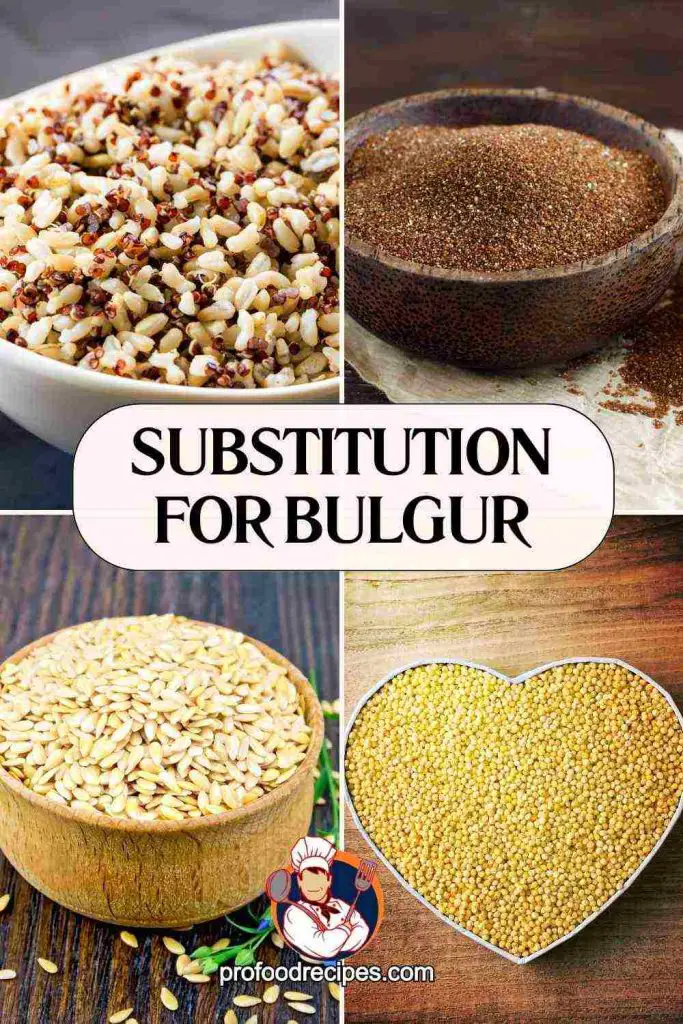
- Quinoa
- Wheat Couscous
- Rice
- Amaranth
- Buckwheat
- Farro
- Millet
- Teff
- Barley
- Wheat Berries
- Orzo
- Freekeh
- Cracked Wheat
- Bamboo Rice
- Durum
- Kamut
- Almond meal
- Wild rice
- Groats
- Oats
1. Quinoa
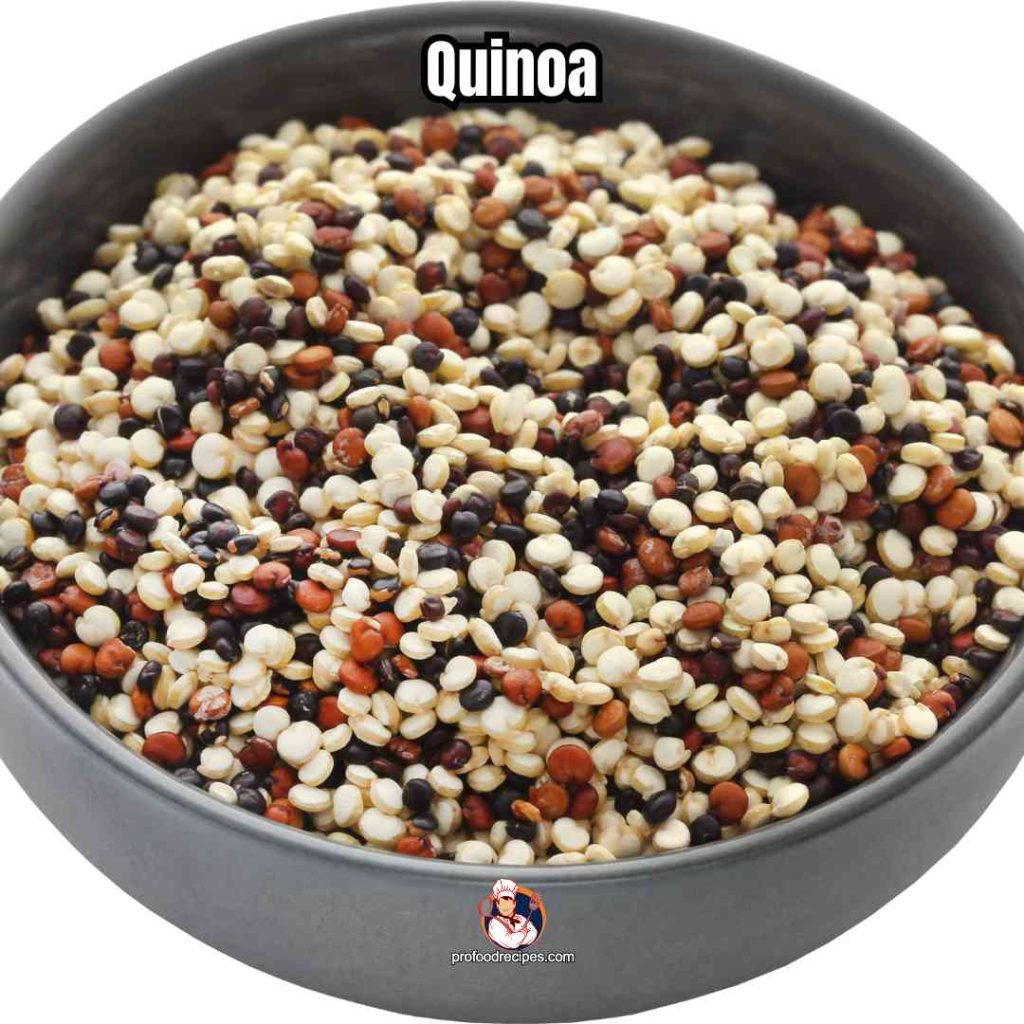
Quinoa is a nutrient-packed whole grain. It is frequently referred to as the Bathua in India. This nutrient-dense seed originates from South America.
This grain contains protein, fiber, and antioxidants. It can improve the digestive system and heart health. Moreover, for gluten intolerants, quinoa is a great and versatile option.
This nutty flavor and fluffy texture grain is globally used for versatile dishes. Some popular ones are Quinoa Stir-fry, Breakfast Bowl, and Stuffed Peppers.
Tips to Substitute
As a bulgur substitute, you can add quinoa with a 1:1 ratio in cooking. While quinoa offers a nutty flavor and fluffy texture, bulgur wheat provides a chewy texture and mild taste. For nutritional balance, consider adding protein-rich or fiber-filled ingredients.
2. Wheat Couscous
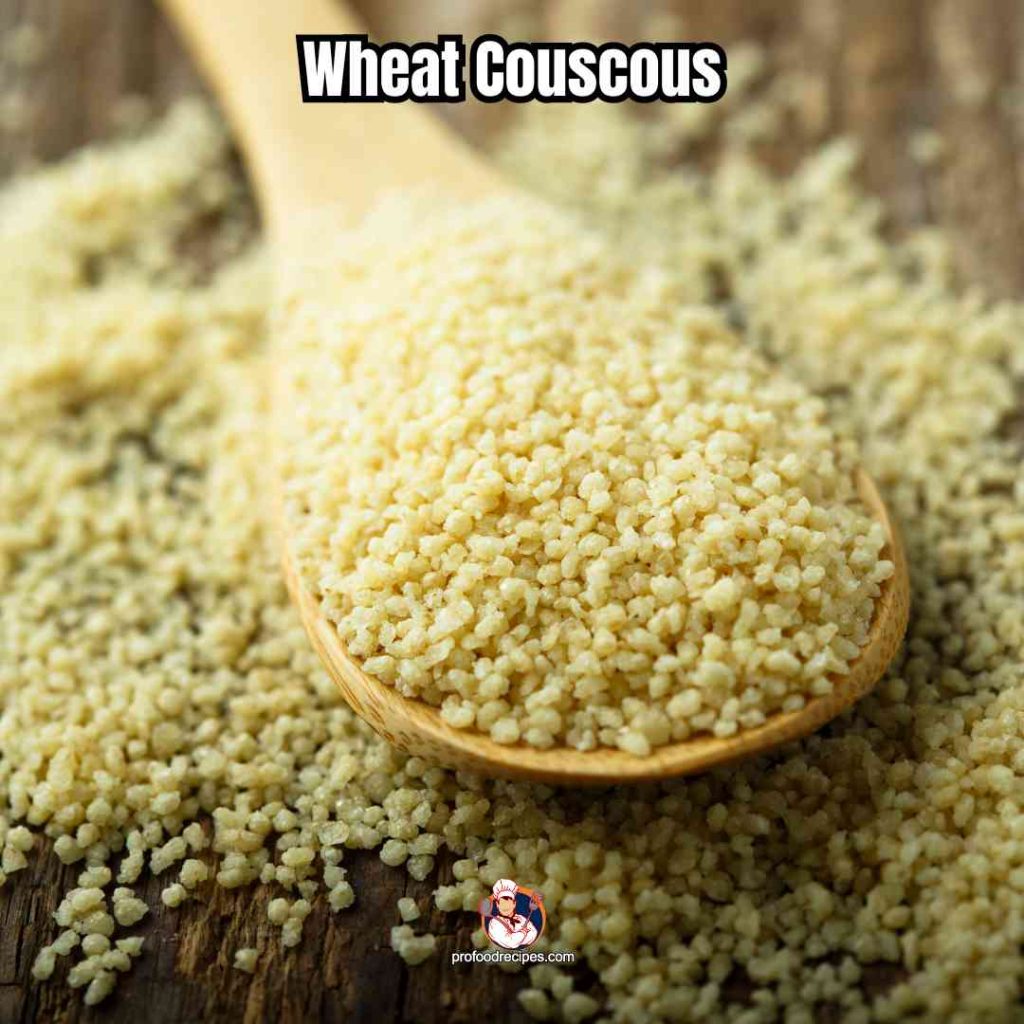
Wheat couscous is usually made from semolina flour. This comes from durum wheat. This flour is moistened and shaped into small pasta balls through a process that involves rolling and tossing. Mostly, all the processes are completed with machines.
While it contains gluten, wheat couscous can be a healthy choice, especially whole wheat varieties with more fiber and protein.
Tips to Substitute
To use wheat couscous instead of Bulgur, cook it according to package instructions. You can add it to your favorite recipes, such as Mediterranean Couscous Salad and Couscous-Stuffed Bell Peppers. For quantity, you can go with 1:1.
3. Teff
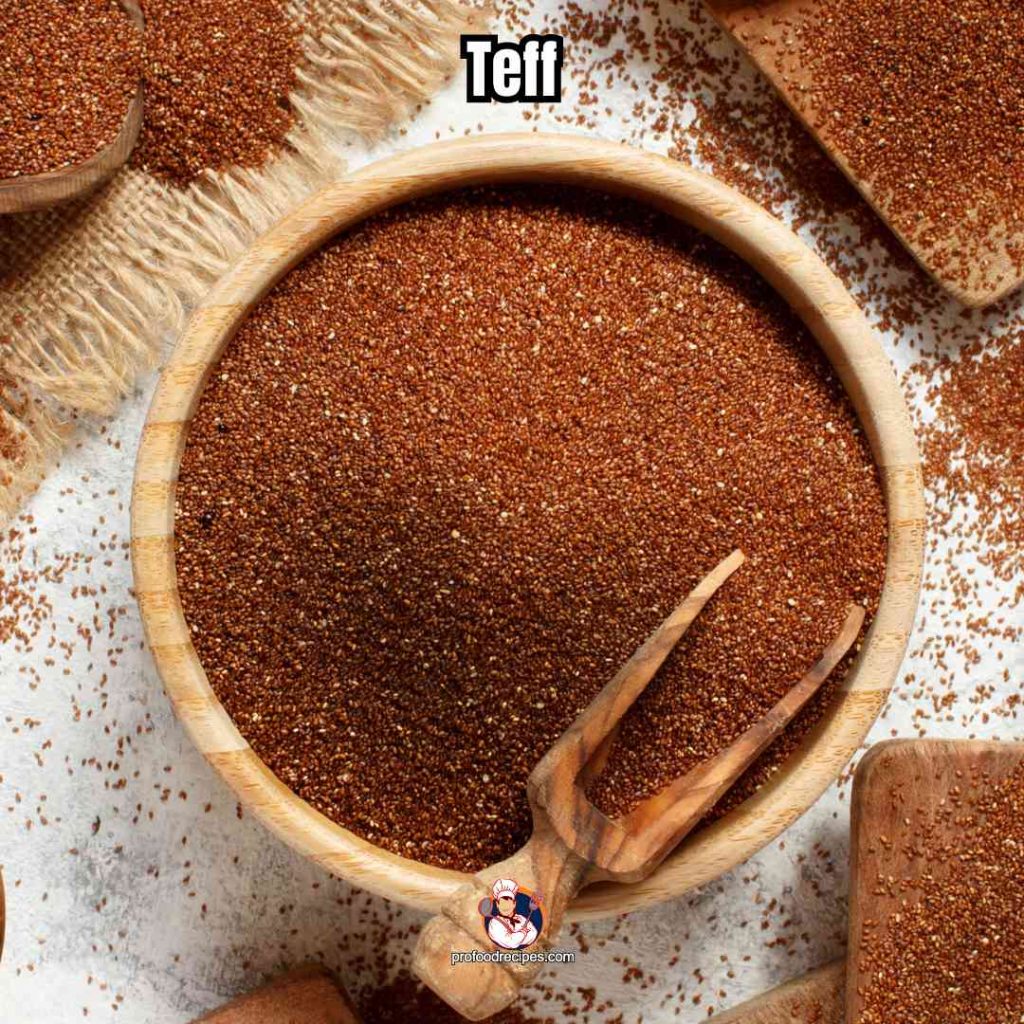
Teff is known as a small millet in India. This tiny grain is packed with nutrients. It’s rich in fiber, boasting up to 12.2 grams per 3.5 ounces (100 grams) compared to wheat and rice flour’s 2.4 grams.
Teff flour is naturally gluten-free and high in protein. It comprises only about 3% fat content. It has a low glycemic index. This makes it suitable for diabetic-friendly diets.
Tips to Substitute
As a bulgur wheat substitute, Teff is great. Its small size and slightly nutty flavor make it a suitable replacement. You may need to replace each cup of cooked Bulgur with an equal amount of cooked Teff.
You can particularly use it in dishes like tabbouleh, salads, or soups. Additionally, you may need to change cook time and liquid ratios.
4. Rice
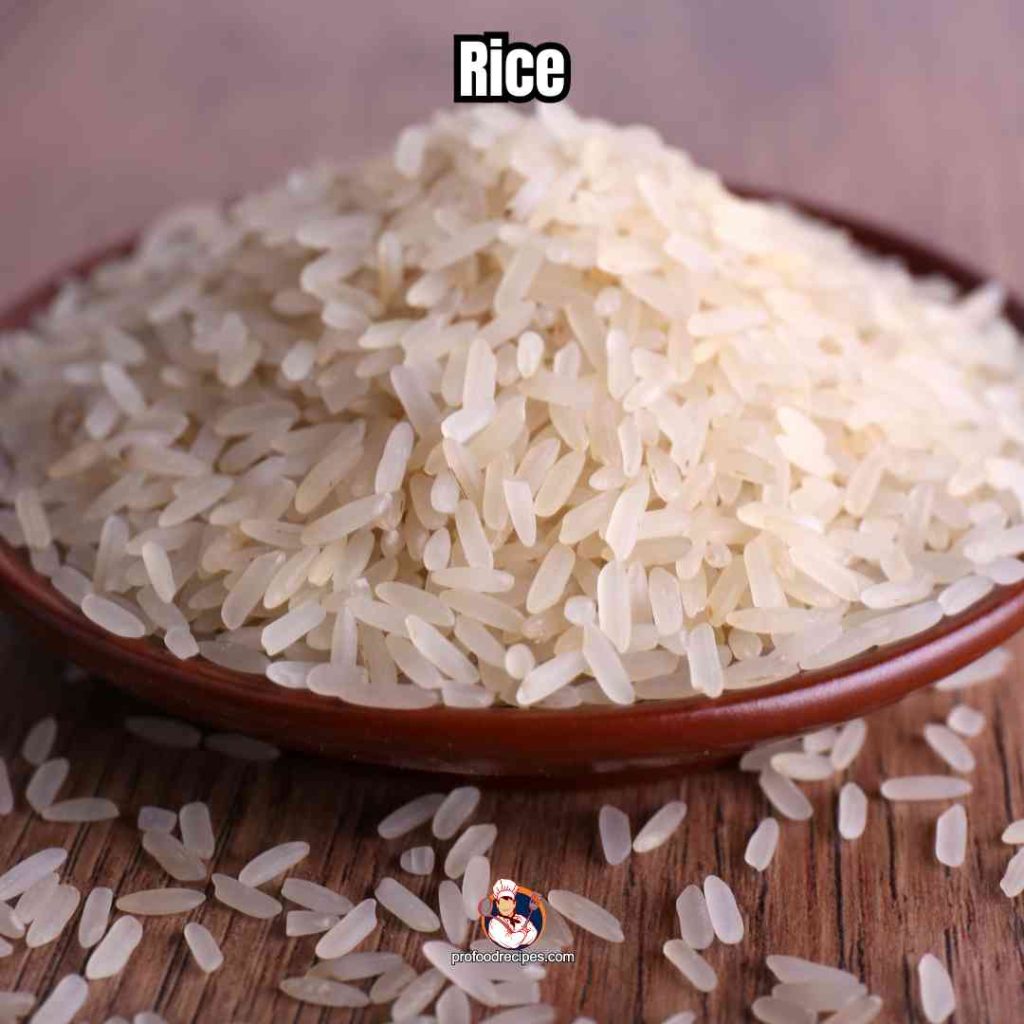
Rice is a versatile grain. This grain makes an excellent alternative to bulgur wheat in various dishes. You can create flavorful pilafs, salads, and casseroles with jasmine, basmati, or brown rice.
Opting for whole grain varieties like brown, red, or black rice enhances the nutritional value with higher fiber and essential nutrients. Short-grain rice offers a stickier texture that is ideal for sushi or molded dishes.
Tips to Substitute
To replace wheat bulgur substitute with rice, you can use the same quantity of cooked rice, typically 1 cup. However, depending on the rice type, the cooking time may vary. Adjust liquids and seasonings as needed.
5. Amaranth
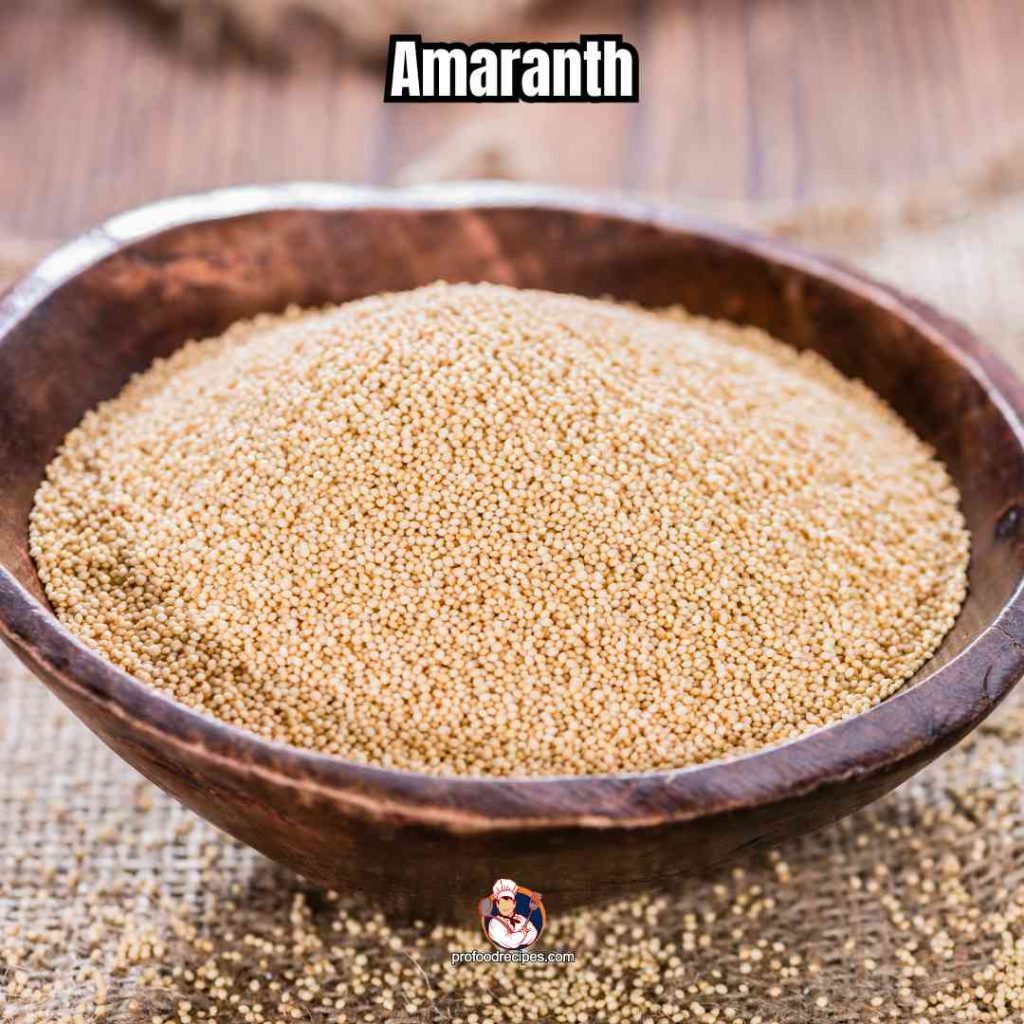
Amaranth is a gluten-free pseudo-cereal. It is rich in micronutrients and has anti-inflammatory properties. Like quinoa, it’s cooked like rice and has a nutty flavor.
Amaranth is a beneficial complement to any diet. It is rich in fiber, protein, and iron. This cereal is great for those seeking lysine.
Tips to Substitute
You can use Amaranth as an alternative for Bulgur. The common dishes are made of Bulgur, like porridge, and a breakfast bowl where you can use Amaranth.
6. Buckwheat
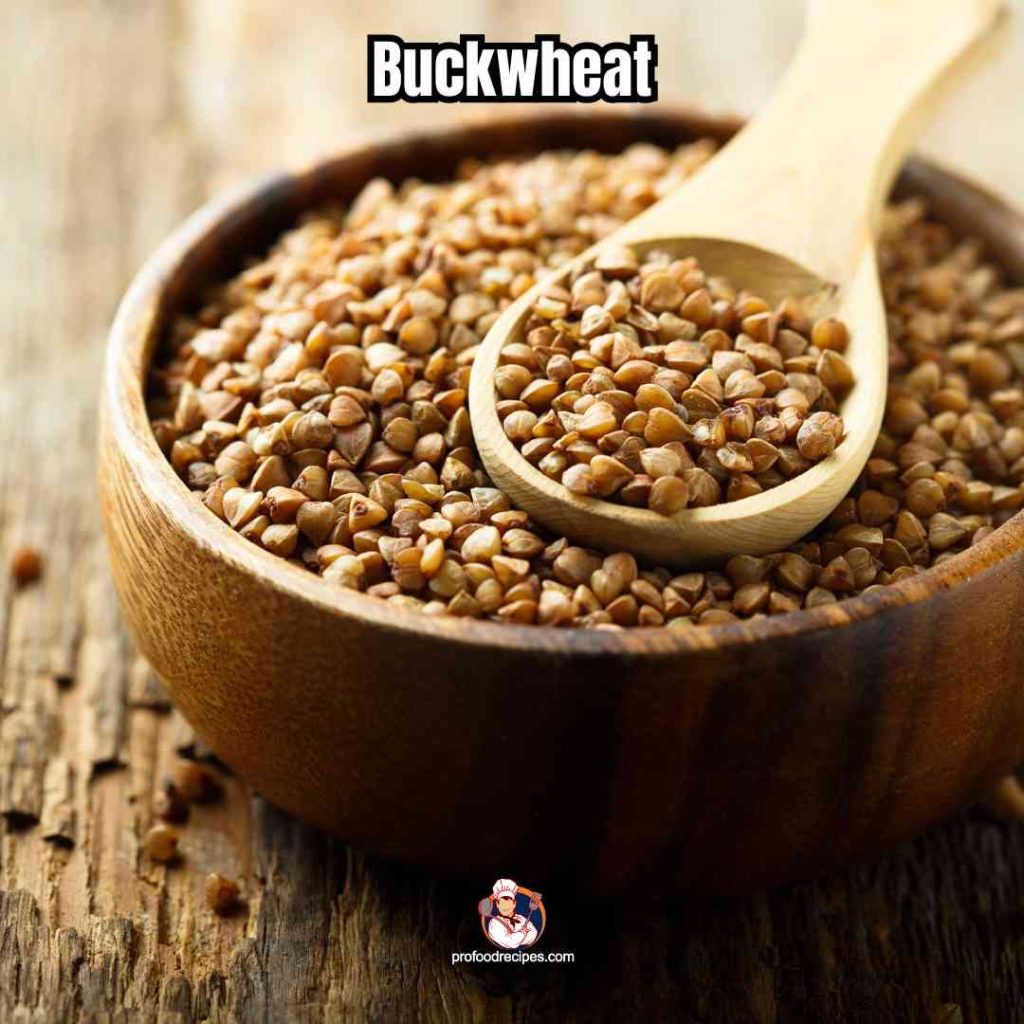
Buckwheat is known as ‘kuttu’ in Hindi and ‘kutto’ in Gujarati. This versatile ingredient is used in various Indian festivals like Shivratri and Navaratri. One of the common substitute for Bulgur is Buckwheat. This seed originates from a flowering plant, not wheat.
You can make traditional dishes like Kuttu Ki Khichdi, roti, or halwa. Moreover, its groats can be processed into flour, noodles, and tea. This ingredient will enhance these typical items’ high mineral and antioxidant content.
Tips to Substitute
When substituting buckwheat for Bulgur in recipes, you can generally use a 1:1 ratio by volume. For example, if a recipe calls for 1 cup of Bulgur, you can replace it with 1 cup of cooked buckwheat.
7. Farro

Farro is called “Khapli” in India. In English, Farro is like a group of three special kinds of wheat: spelt, emmer, and einkorn.
This ancient grain of Indus Valley Civilisation is full of good stuff. It has protein, fiber, and vitamins like magnesium and B.
Tips to Substitute
To replace Bulgur with Farro, you can use a similar quantity of cooked Farro in recipes. They both have a nutty taste and chewy texture, so you can use them interchangeably in salads, pilafs, and soups. But keep an eye on cooking time. Because Farro usually takes longer to cook than Bulgur.
8. Barley
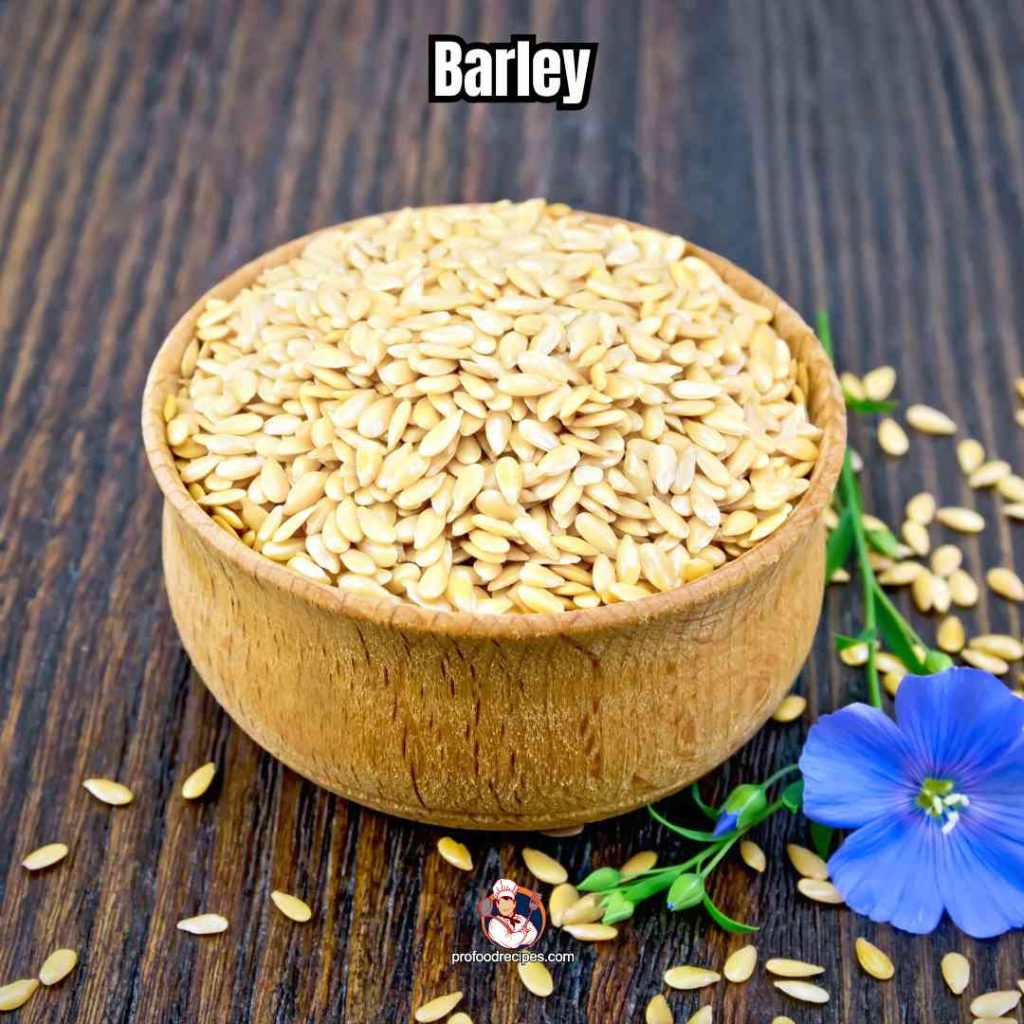
Barley is a cereal grain called “jau” in India. This bulgur alternative is recognized by its unique herringbone pattern. It’s not wheat but has gluten and is used in various foods, including malt.
Unlike oats, barley is the fourth largest grain globally. This grain comprises high fiber. Thus, consuming it can lower your cholesterol and aid digestion.
Tips to Substitute
You can pick a 1:1 ratio of barley to Bulgur. To achieve better outcomes, modify cooking times accordingly. You can try barley tabbouleh, barley salad, or barley pilaf.
9. Millet
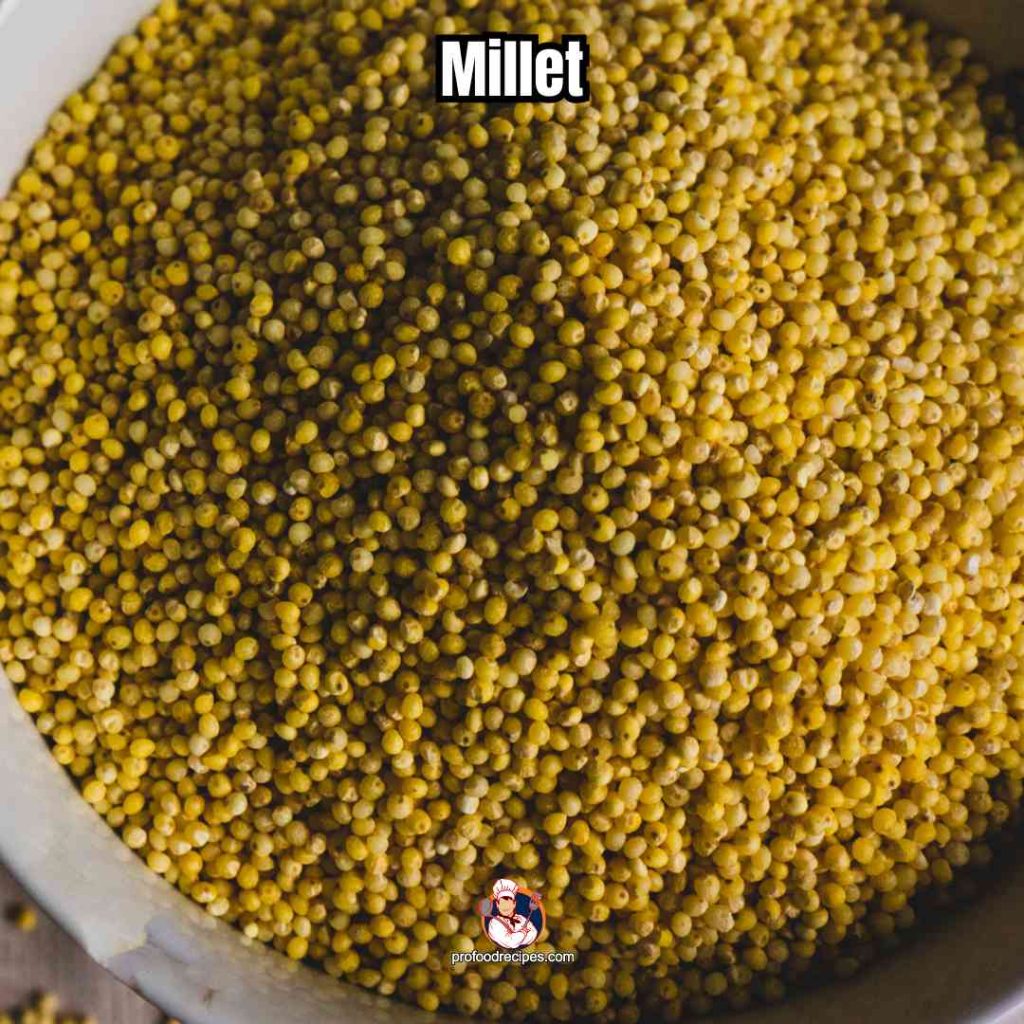
Millet grains are not wheat but belong to the grass family, like wheat, rice, and barley. Another fantastic substitute for bulgur wheat is it. They come in a variety of sizes and colors. This is one of the oldest cultivated crops. Pearl and finger are now the two most widely utilized types for diet and feed.
Millets in India are known by names such as Jowar, Bajra, Ragi, Jhangora, Barri, Kangni, Kodra, and more. This ingredient helps to lower cholesterol levels and sugar.
Tips to Substitute
You can use millet as a bulgur replacement. However, millet generally requires a higher temperature and less water to cook.
You can enjoy millet in salads, pilafs, or stuffed peppers that call for Bulgur.
10. Wheat Berries
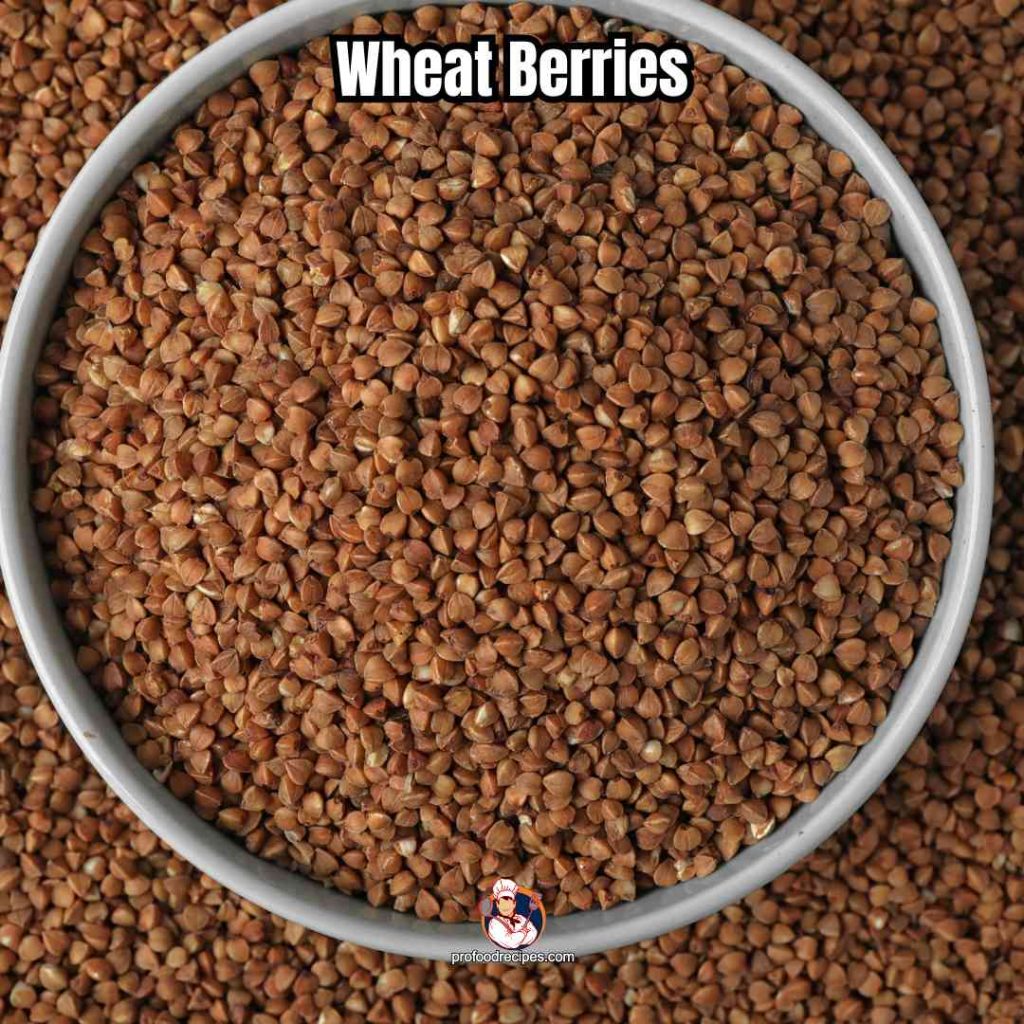
Wheat berries comprise the entire wheat kernel. They contain the bran, germ, and endosperm, excluding the husk. These nutritious whole grains are rich in fiber, protein, vitamins, and minerals.
They are popular in various cuisines worldwide, including the United States, Canada, Europe, and the Middle East. They are popular for their adaptability in many cuisines. Additionally, wheat berries are prized for their chewy texture and nutty flavor.
Tips to Substitute
You can also use the same quantity but adjust the cooking time for wheat berries. Try using wheat berries in salads, soups, pilafs, or as a side dish. Recipes like wheat berry salad or wheat berry soup are delicious options.
11. Orzo
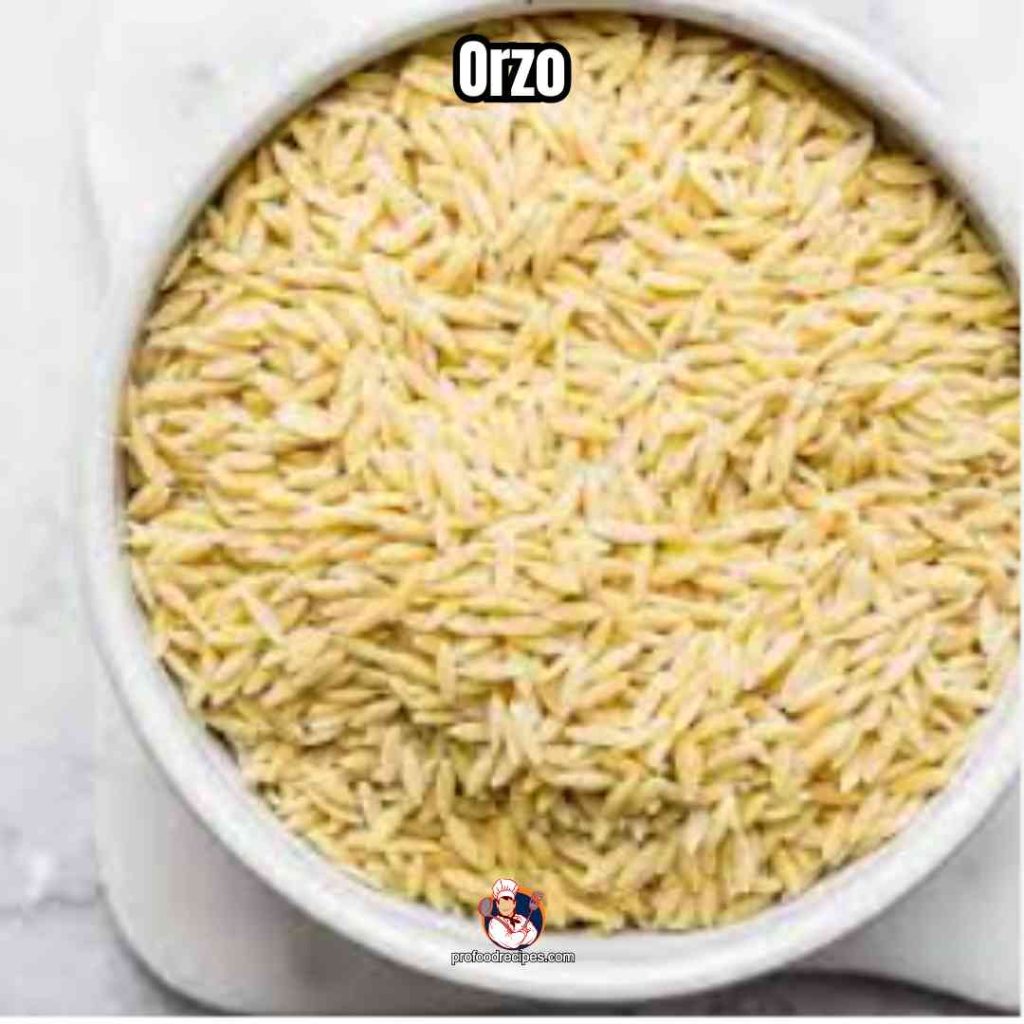
Orzo is a small, rice-shaped pasta. It originates in Italy and is beloved in numerous cuisines, such as Mediterranean and Middle Eastern.
Despite its rice-like look, it contains wheat flour and isn’t gluten-free. Orzo has a higher fiber content than rice.
Tips to Substitute
As a bulgur wheat replacement, you can pick. You may need to cook Orzo until al dente. Throw in diced veggies, herbs, and vinaigrette to make a delicious Orzo salad. Alternatively, use cooked Orzo in soups or as a creamy risotto base.
12. Bamboo Rice
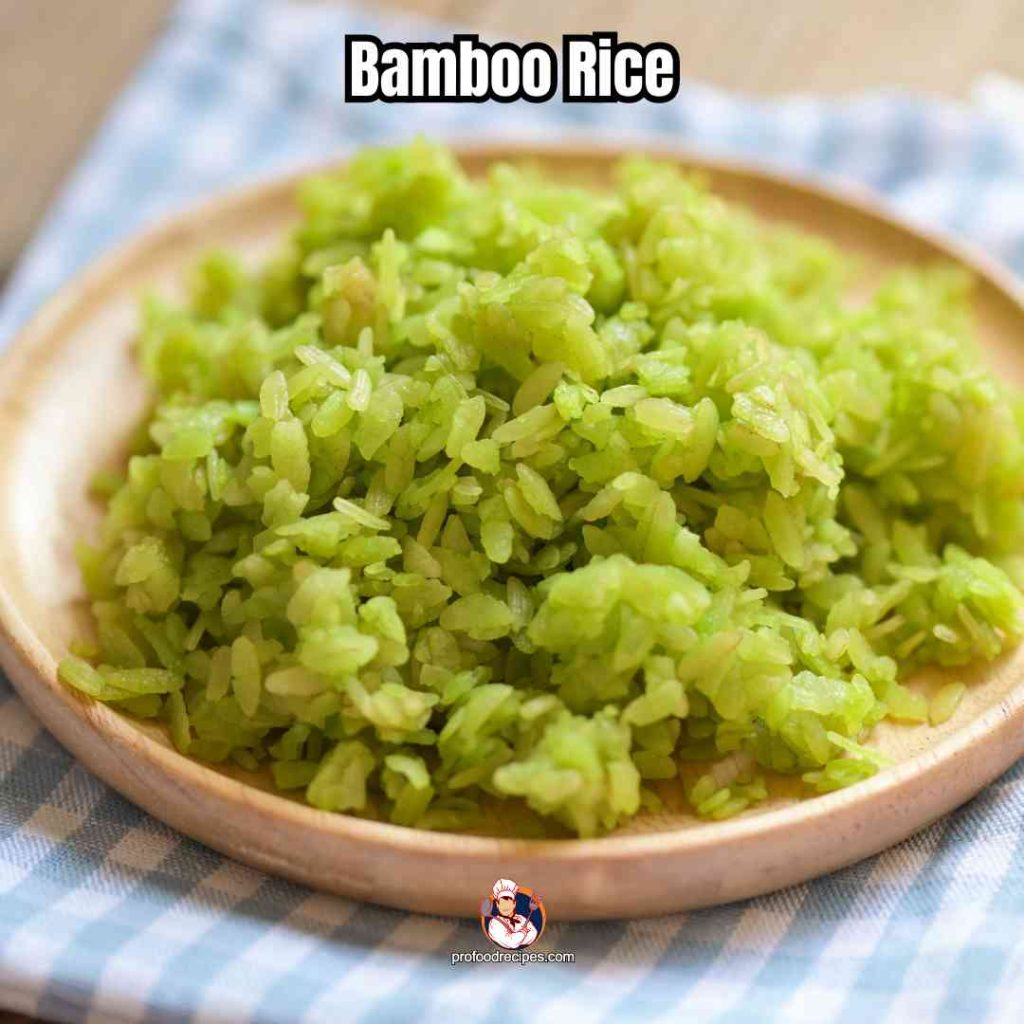
Bamboo rice is additionally referred to as Mulayari. Bamboo shoots develop seeds when they conclude their life cycle. Thus, the bamboo rice comes.
The rice is rich in carbohydrates, fiber, protein, essential amino acids, antioxidants, and fatty acids.
It has a slightly sweet flavor and a wet, sticky texture. Some consider it healthier than regular rice due to its higher protein content.
Tips to Substitute
While you want to make sushi bowls, rice risotto, or pudding, you can try them with bamboo rice skipping Bulgur.
13. Freekeh
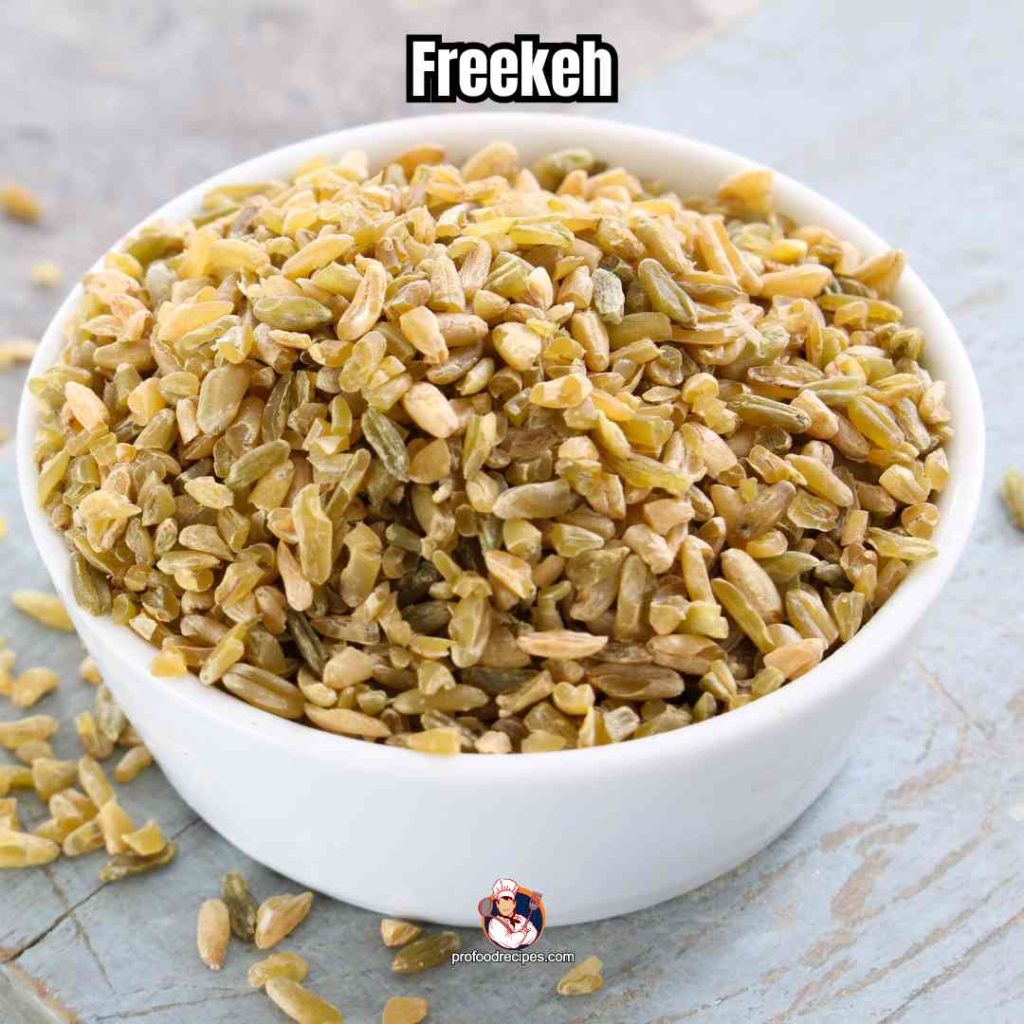
Freekeh is an ancient grain prepared by roasting fresh green wheat kernels. This gives it a unique smoky flavor. It’s 3 times rich in fiber, protein, and essential nutrients like manganese. This grain is commonly used in Middle Eastern and North African cooking.
Tips to Substitute
To use freekeh to replace Bulgur, you may need to cook it like wheat berries but in shorter time. You can incorporate it into grain bowls, stir-fries, stuffed peppers, or as a base for veggie burgers.
14. Cracked Wheat
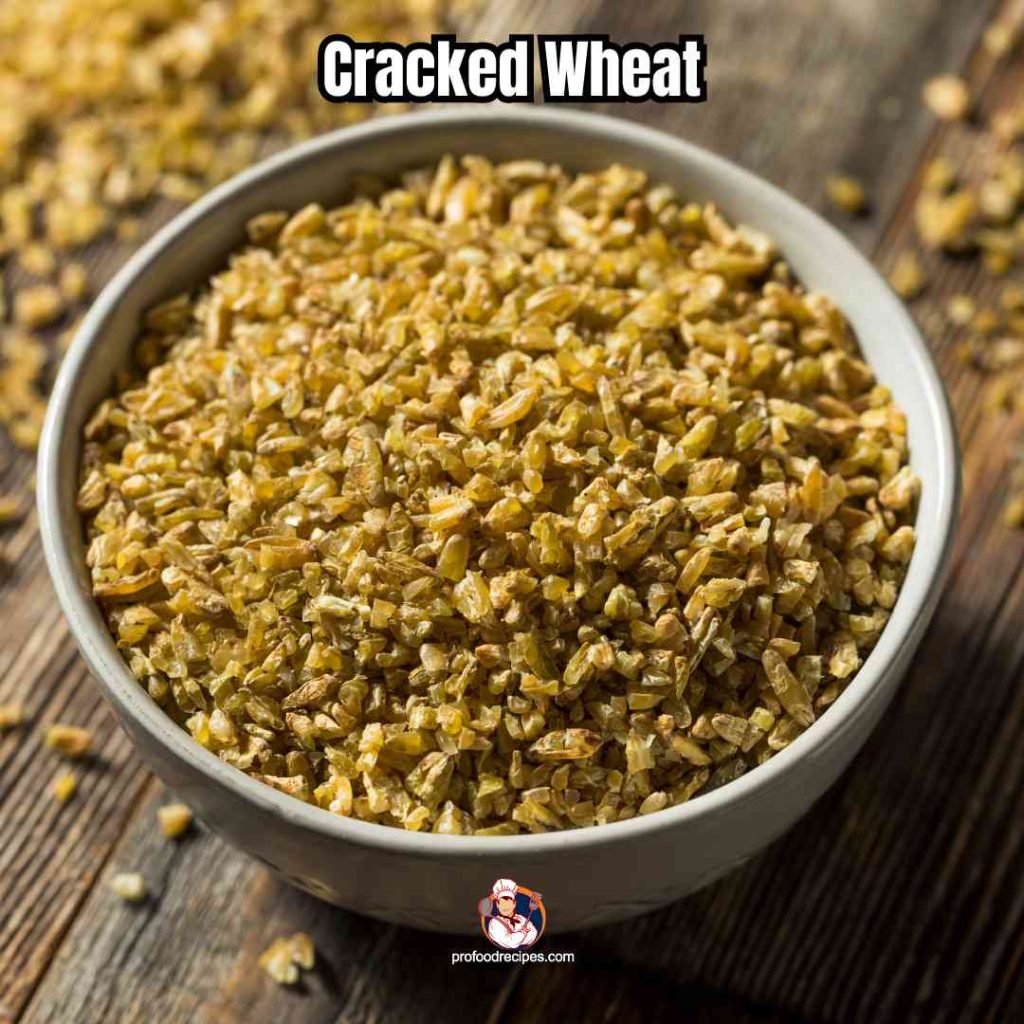
One of the common bulgur wheat alternatives is Cracked wheat. It is a whole-grain product. It is created by pounding wheat berries into bigger particles than flour.
It is versatile in traditional North African, Mediterranean, and Western meals and baked goods. It’s a healthy option, rich in fiber and nutrients.
However, many people think that Bulgur and cracked wheat are the same. But there is a slight difference. Bulgur is parboiled, while cracked wheat isn’t. This means cracked wheat takes longer to cook and doesn’t last as long as Bulgur.
Tips to Substitute
You can pick Cured wheat as an alternative to Bulgur for soup, veggie burgers, breakfast porridge, and baked goods.
However, generally, Bulgur tends to cook faster than cracked wheat. Bulgur may take 10-15 minutes, and cracked wheat may take 20-30 minutes.
15. Durum
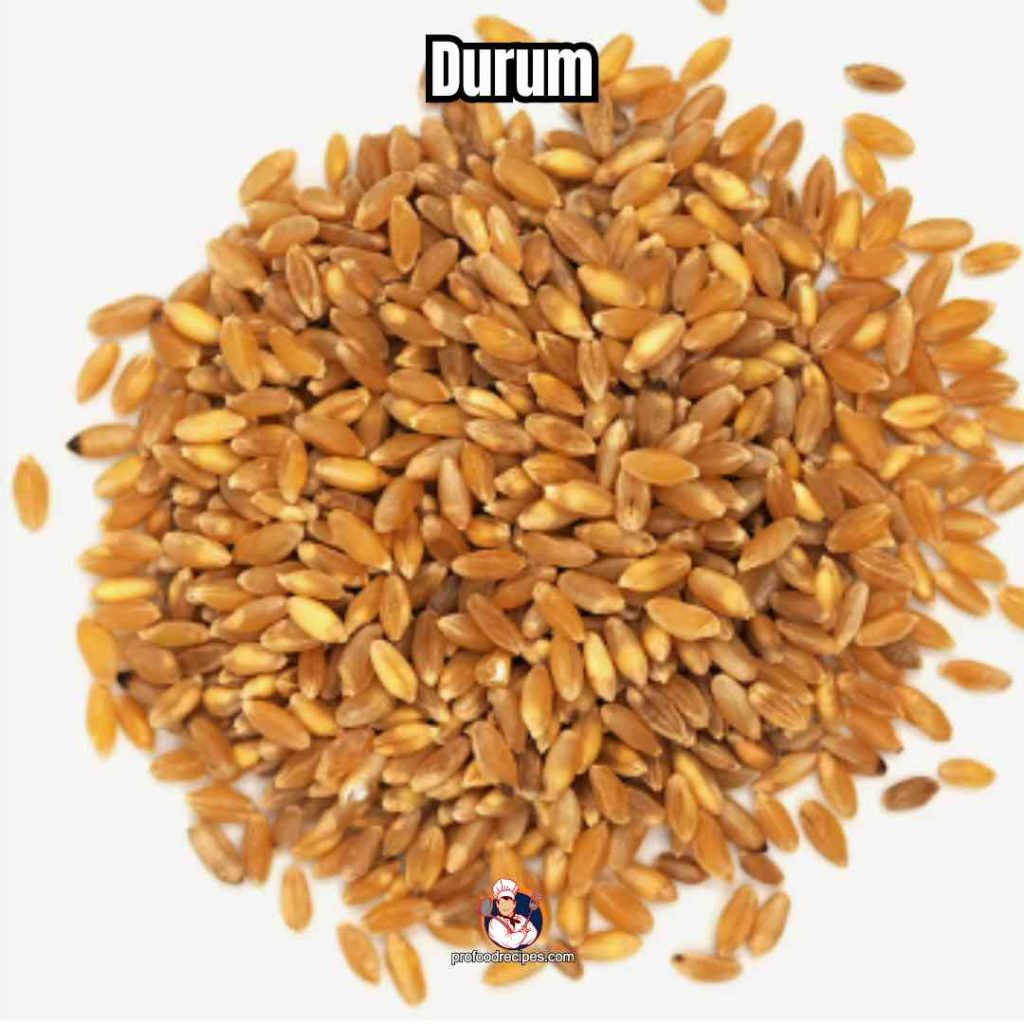
The Durum word is derived from the Latin word for hard. The wheat is the toughest type of wheat, resistant to milling due to its starchy endosperm. It’s distinct from maida and is higher in protein and fiber. Durum wheat is often used to produce pasta, but you can also make it into flour for pizza or bread dough.
Both durum wheat and common wheat have similar nutritional profiles. But Durum wheat contains significant levels of protein, fiber, and vital vitamins and minerals.
Tips to Substitute
You can make kibbeh, tabbouleh, and wheat pilaf with Durum. These recipes are great with Bulgur and Durum both. When which ingredient is handy to you, add that one. 1:1 is the thumb rule for quantity.
16. Kamut
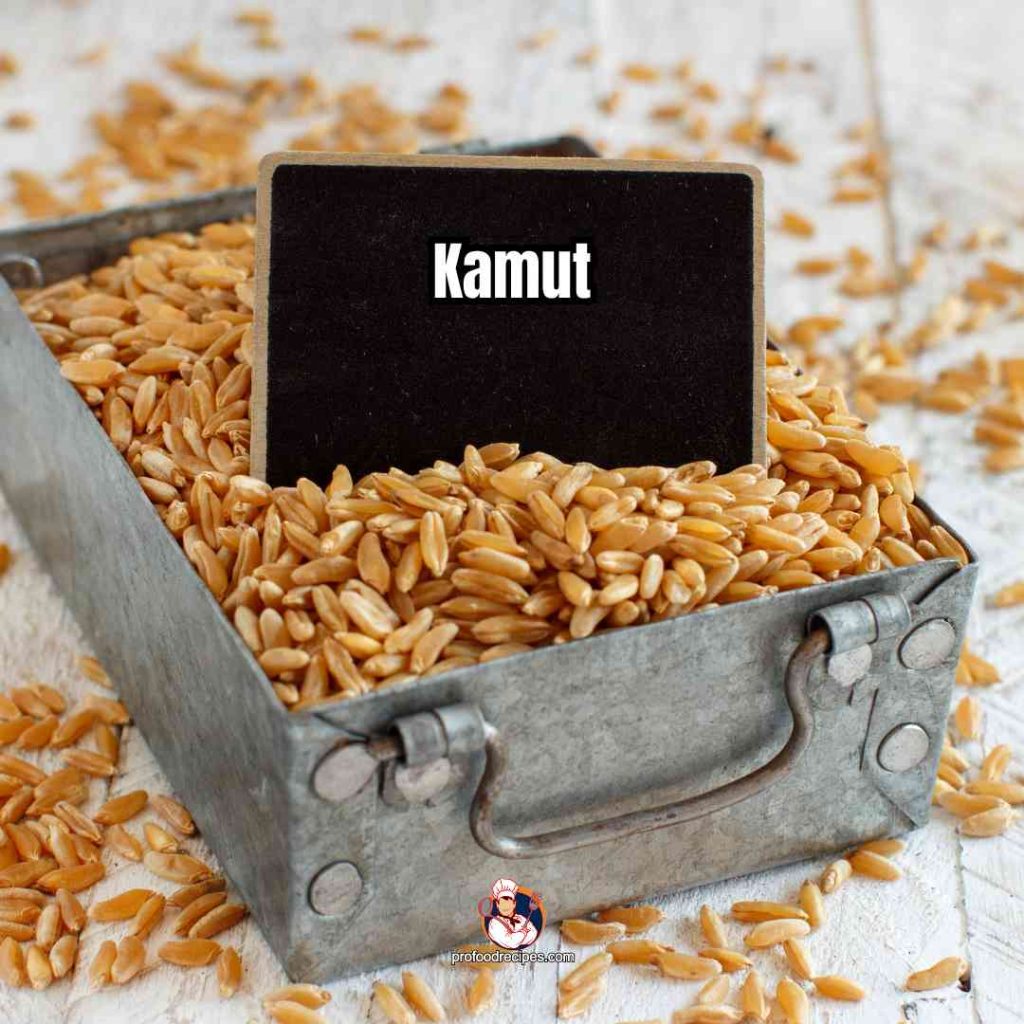
Kamut is sometimes called King Tut wheat or Khorasan wheat. It is an ancient grain with more protein, fiber, and amino acids than regular wheat.
It improves blood sugar, metabolism, and energy levels. Additionally, it is an excellent plant-based protein source. While safe to eat, it contains gluten, so those with severe gluten issues should avoid it.
Compared to rice, Kamut offers triple protein, less fat, and more vitamins. This makes it a balanced choice.
Tips to Substitute
It has a somewhat sweeter taste than Bulgur. You can use Kamut instead of Bulgur in recipes like Kamut Tabbouleh Salad, Kamut-stuffed Peppers, Kamut Risotto, and Kamut Grain Bowls.
17. Almond Meal
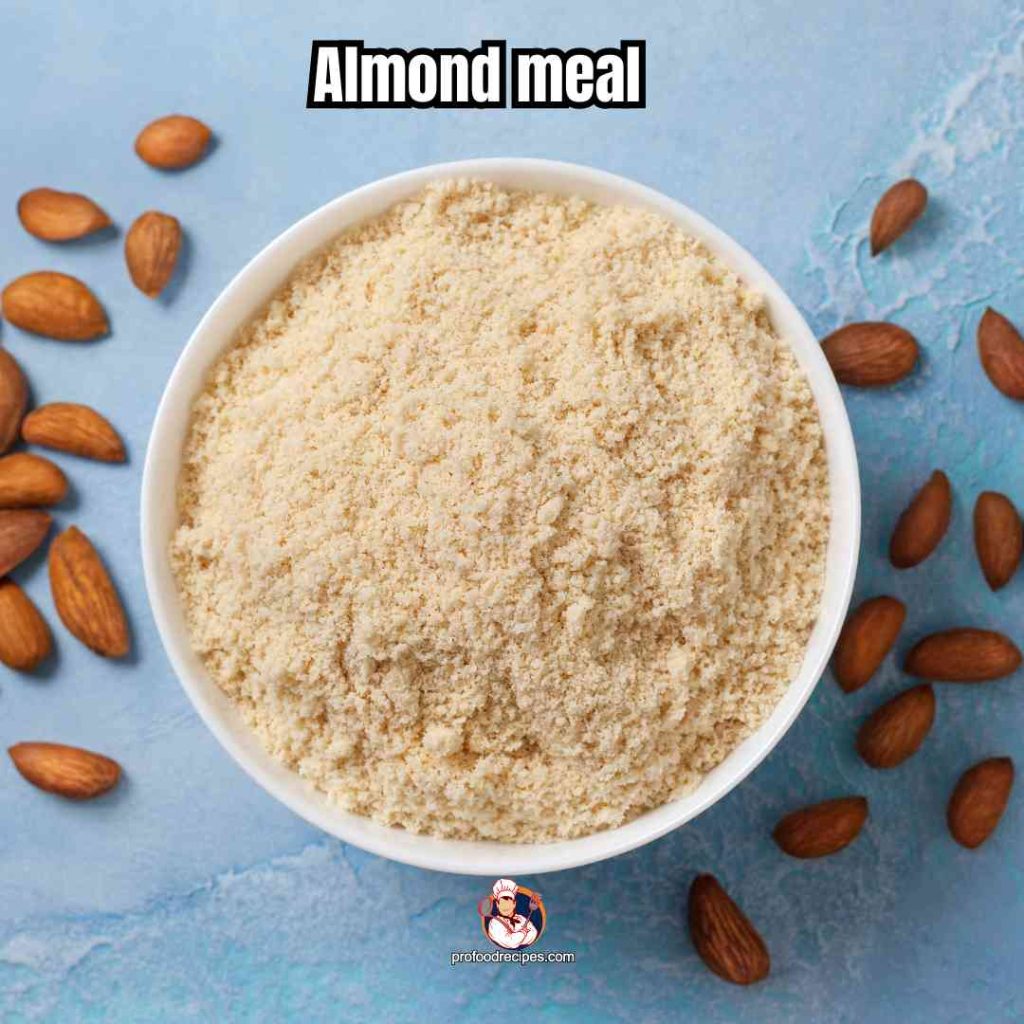
Almond meal is often referred to as ground almonds or almond flour. It is made from ground sweet almonds. An almond meal is made with almonds with or without the skin. This results in a coarser texture similar to cornmeal. Both are high in protein and fat. This results in a coarser texture similar to cornmeal.
Tips to Substitute
As an excellent alternative to Bulgur, an almond meal is amazing. You can go with it, especially when making baked goods like cookies, cakes, and crackers.
Read More: Best Substitute for Almonds
18. Wild Rice
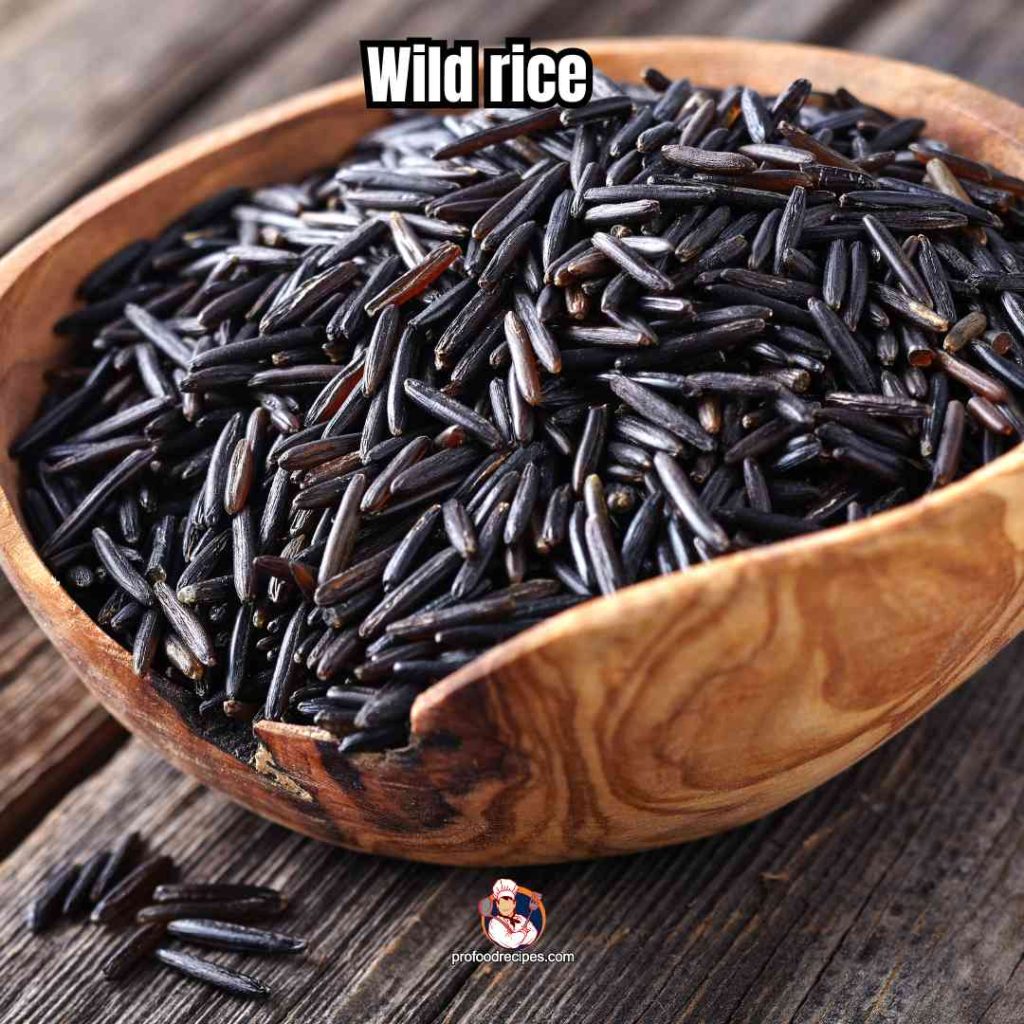
Wild rice grain grows in North America’s Great Lakes area. Basically, It’s not true rice but rather aquatic grass. It comprises a distinct nutty taste and a longer shape.
This wild rice is found mainly in lakes and rivers. That’s why people call it lake rice. Some know it as manoomin or Zizania. However, it’s important to Indigenous peoples and hard to cultivate.
Tips to Substitute
To make grain soup, grain stuffed dishes, or khichdi, you can alternatively use Wild rice skipping Bulgur. Wild rice is slightly less chewy than Bulgur.
However, Keep the same quantity. But wild rice may take more time to cook.
19. Groats
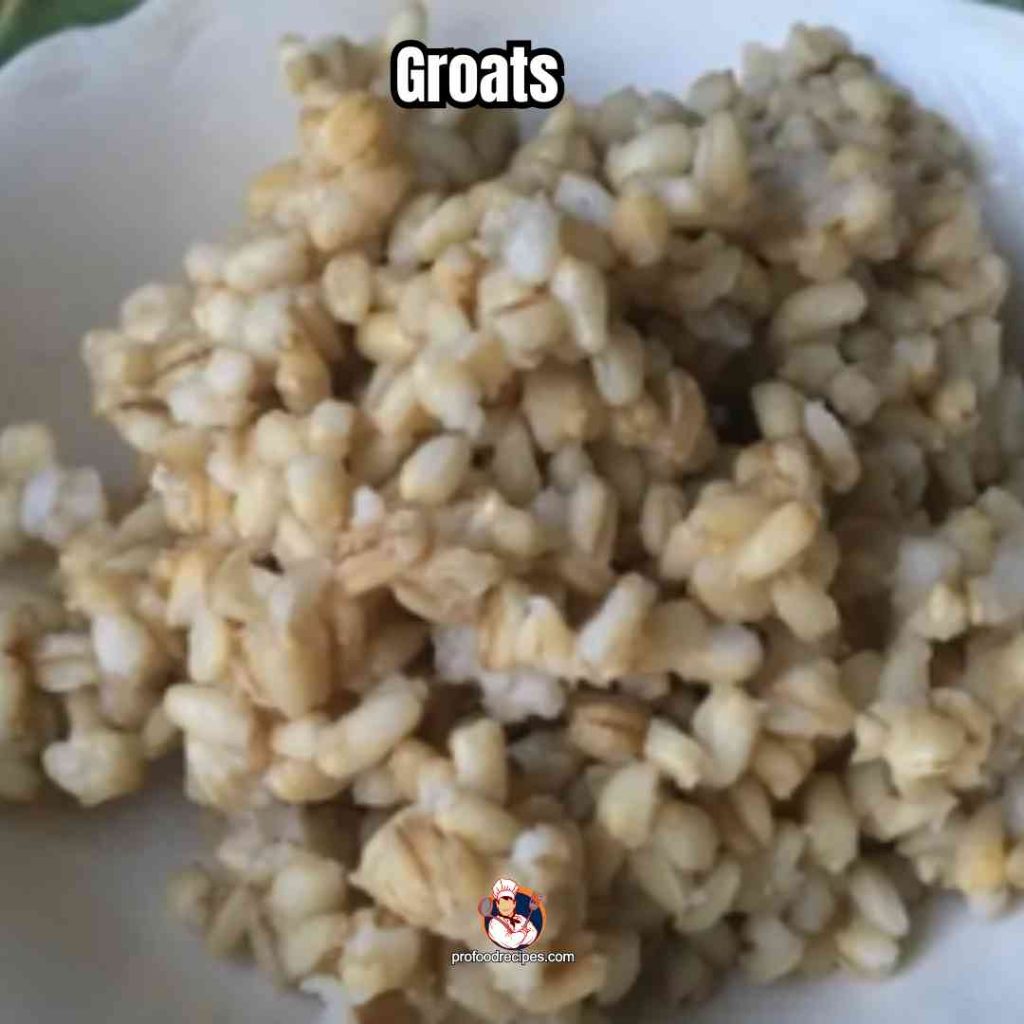
Groats or kernels are the whole seeds of cereal grains such as wheat, oats, rye, and barley. They include the germ, bran, and endosperm, which makes them whole grains.
These oat berries are minimally processed to remove the outer husk. That’s why they are more nutritious.
Tips to Substitute
To swap Bulgur for groats, consider their similar texture and taste. Groats are entire grains with a nutty flavor and a chewy texture, similar to Bulgur.
You can try groats tabbouleh, groats stir-fry, or groats stuffed peppers. Adjust cooking methods as needed.
20. Oats
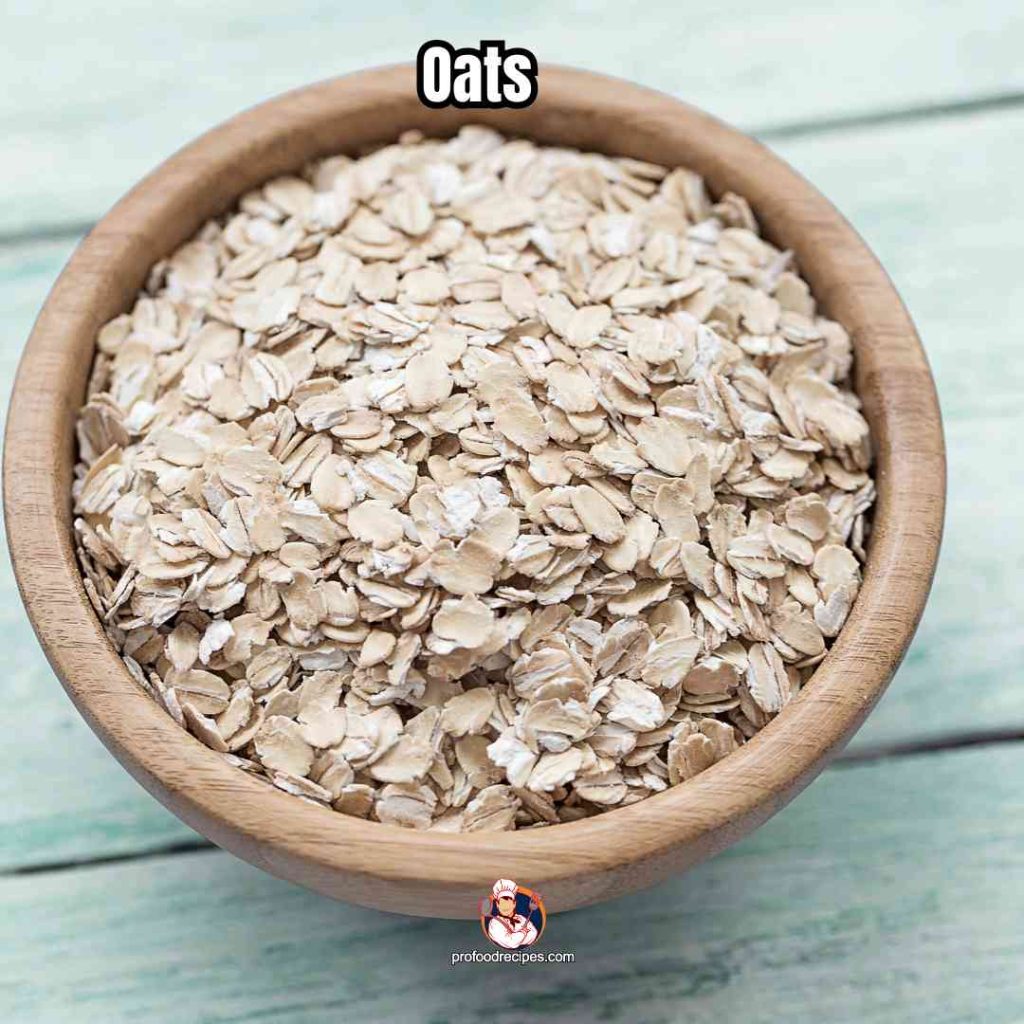
Oats are scientifically referred to as Avena sativa. They are a type of cereal grain from the grass family. They are commonly cultivated for their tasty seeds.
They are used for human consumption in various forms like oatmeal, including steel cut oats or rolled oats.
Oats offer numerous health benefits, including weight loss and lower blood sugar levels. Additionally, it lowers the chance of heart disease considerably.
Tips to Substitute
Oats can replace Bulgur in recipes, but they’re sweeter and softer. Add savory or tangy ingredients like lemon juice or herbs to balance this.
Furthermore, oats require more liquid and prolonged cooking. To get the right texture and flavor, try to balance.
Read More: Thai Chilies Substitute
FAQs
Is Bulgur Healthier Than Rice?
Yes, Bulgur is often considered healthier than rice. It boasts higher protein, fiber, calcium, potassium, and phosphorus levels than rice. Additionally, key minerals and B vitamins are retained during the production process. So, this ingredient enhances its nutritional value.
Is Bulgur Healthy for Weight Loss?
Yes, Bulgur can help with weight loss. The high fiber content increases satiety and helps manage hunger. It is a healthful option, including 3.1 grams about fiber for 100 gram serving. You can pick it for weight loss goals.
Can You Eat Bulgur Everyday?
Yes, you can eat Bulgur daily as part of a balanced diet. It’s generally safe for consumption. However, too much whole grain intake might lead to bloating and gas. It’s essential to adjust your intake accordingly. In this way, you can enjoy the benefits only.
Final Verdict
Bulgur is a versatile and nutritious option in many dishes, offering high fiber, protein, and essential nutrients. While it’s healthier than rice and aids in weight loss, moderation is key due to its gluten content.
With those mentioned above 20 handy Substitution for Bulgur like quinoa, rice, or Amaranth, you can easily adapt recipes to suit your dietary needs and preferences. Consume Bulgur as a part of an appropriate diet for the best health benefits.
You May Also Like to Read:
- Substitute for Green Cardamom Pods
- Substitute for Pastry Brush
- Can You Use Expired Bread Crumbs?
- Can You Use Powdered Sugar in Tea?
- Can I Make Cupcakes Without Liners?
